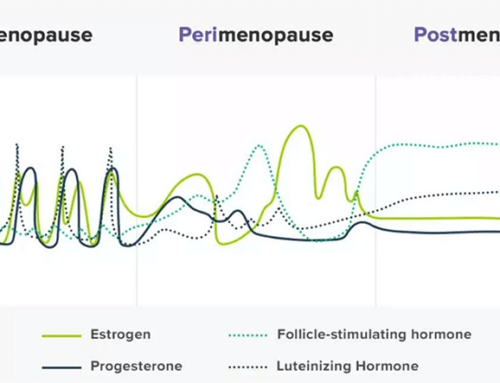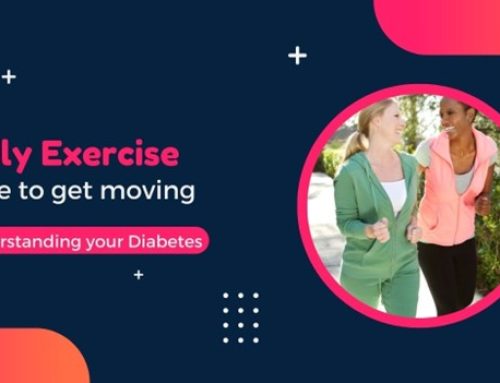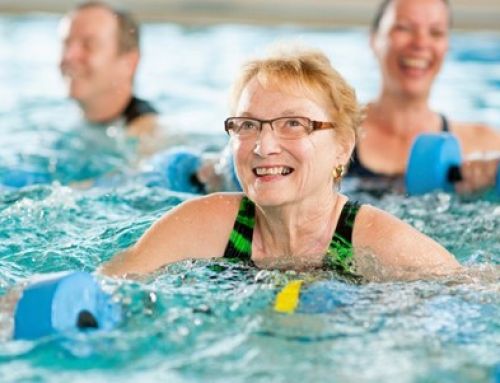
Exercise as Preventative Health Care
Incorporating regular exercise into daily activity can have a myriad of health benefits, including preventing the development of chronic health diseases. Largely due to increased physical inactivity and consumption of calorie dense processed food, the incidence of chronic health diseases (cardiovascular disease, fatty liver disease, type 2 diabetes, osteoporosis etc.) is increasing across the world's population at an alarming rate.
A significant percentage of the disease burden in Australia has been shown to be preventable by addressing common modifiable risk factors. These risk factors can be reduced by engaging in regular exercise. The Australian Guidelines for Exercise depend on age and pregnancy status, to find the guidelines which apply to you, click on the following link.
10 REASONS TO MOVE MORE!!
- Strengthens bones and muscles.
- Improves heart and lung health.
- Improves mood.
- Promotes tissue healing.
- Reduces pain.
- Maintains a healthy body weight.
- Improves sleep quality.
- Decreases risk of developing cancer.
- Supports the immune system.
- Live a better quality of life, disease-free!
There is no denying the benefits of engaging in regular physical activity, yet less than half of the population of Australia are actually reaching the Australian Physical Activity Guidelines. So, let's look into three of the most common barriers to physical activity, and strategies to overcome them.
Overcoming Barriers to Exercise
Cost
A common reason someone may not be reaching the exercise guidelines, is cost. This may be the cost of a gym membership, professional advice or exercise equipment. This however, is no longer a good enough reason as there are so many low cost and free options for completing exercise. Some examples of low-cost ways to engage in exercise include:
- Using the exercise equipment located in many public parks.
- Visiting your GP for an Enhanced Primary Care plan to see an Exercise Physiologist (if eligible).
- Attending free council-initiated exercise sessions.
- Completing body weight exercises in your home.
- Using objects around your house as substitutes for weights (milk bottles, cans of food, bags of rice etc.).
- It is also important to remember, that spending some money on your health now, can save you a lot of money on your health care in the future.
Lack of Time
Lack of time is another common barrier to exercise. In this day and age, it seems more and more of the population are becoming time poor. The guidelines recommend completing 30 minutes of physical activity every day, which can be accumulated in 10 minute bouts. If you are struggling to reach these guidelines, perhaps some of the following strategies will help:
- Considering your priorities and determining where on the list exercise should be. Perhaps you may need to prioritise your health over something else.
- Scheduling exercise into your day as an "appointment".
- Increasing your incidental physical activity (eg. Park slightly further away, walk to the train station, take the stairs etc.)
- Incorporating exercise into activities you are currently doing – for example, whilst taking your children to the park, you could complete some squats and other exercises whilst you wait. Or, during every ad break whilst watching TV at night you could complete 10 sit to stands.
Lack of Motivation
The last barrier we will discuss, and perhaps the hardest to overcome, is lack of motivation. Here are some tips for working to overcome this barrier:
- Find an exercise/activity that you ENJOY! You may need to try many different things before you find something you love, but once you do, completing exercise won't feel like a chore. Some examples of things to try could include; dancing, boxing, kayaking or rock climbing.
- Complete physical activity with a friend or a support group. Having a support group or person will improve your reliability and often enjoyment of exercise.
- Create a routine, that way you don't need to think about what you will be doing and when you will be doing it.
- Join a motivational support group, My Health for Life is a government funded group which you may be eligible for.
If you are struggling to complete the physical activity guidelines, an Exercise Physiologist can assist you with implementing strategies to increase your physical activity and therefore reduce your risk of developing chronic health conditions.
Mention this blog when you are booking your session to receive 50% off your initial consult.




